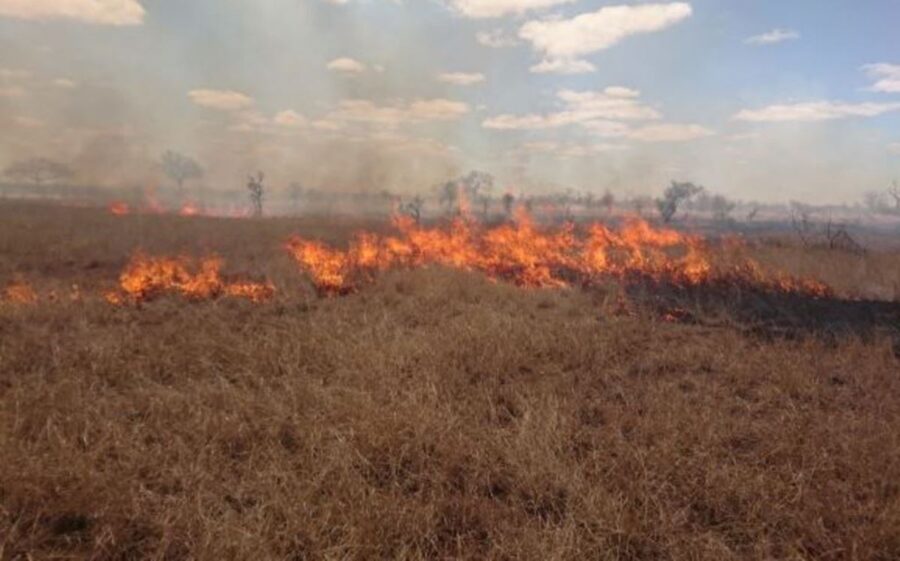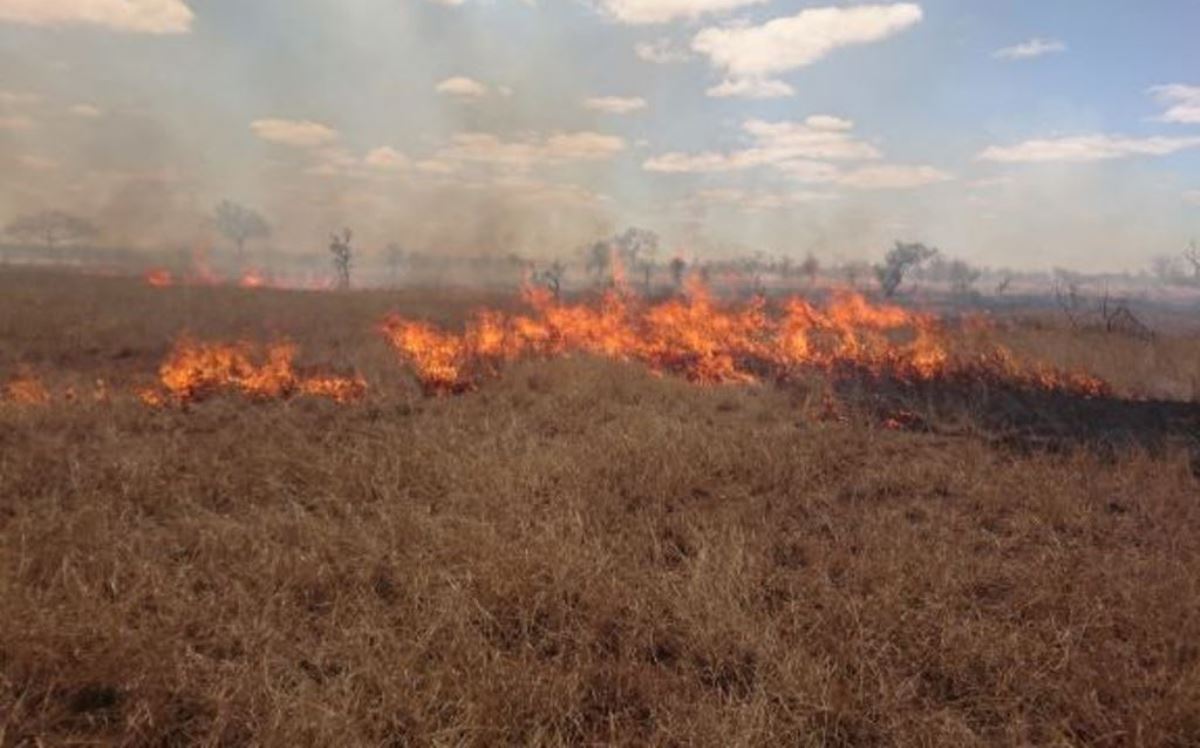
Kruger National Park Prepares For Winter Fire Season
The Kruger National Park (KNP) today, 17 May 2021 announced their management plans in anticipation of the coming winter fire season which usually takes place between June and October. Fires are a common and natural occurrence in KNP which is found within the Savanna biome (also knows as the Tropical Grasslands), and like the Fynbos […]

The Kruger National Park (KNP) today, 17 May 2021 announced their management plans in anticipation of the coming winter fire season which usually takes place between June and October. Fires are a common and natural occurrence in KNP which is found within the Savanna biome (also knows as the Tropical Grasslands), and like the Fynbos biome (Cape Floristic Region), is dependent on fires to keep the ecosystem functioning in a healthy manner.

Savanna plant species have evolved with fires and some even rely on and are shaped by regular burning of the veld. Research has shown that regardless of the fire management strategy, fires will burn in KNP as long as there is enough grass to burn.
This is because fires are primarily driven by how much grass is available (also known as fuel load). Fuel load is dependent on how much rainfall fell in the preceding growing season. KNP has experienced an exceptionally wet growing season this past summer, and the veld has responded by producing high fuel loads. We are therefore anticipating a lot more fires this winter.
Usually, less than 10% of KNP burns every year but as a result of the very wet rainy season, it is expected that roughly 20% of the Park will burn this year.
“A large proportion of this will be controlled burns conducted by our Rangers; but it is likely that we will also have unscheduled fires during the course of the year and these will be managed as they occur. We record, monitor and map all fires which burn in KNP using advanced satellite technology,” explains KNP General Manager of Communications, Isaac Phaahla.
The high fuel loads increase the risk of large wildfires burning late in the dry season between August and October. Therefore, KNP has begun securing its firebreaks around infrastructure such as camps, staff quarters, entry gates and other key assets, as well as burning and grading firebreaks along the Park’s boundary. Furthermore, Rangers and Scientists are currently burning early-season fires to help break up the fuel load in the veld and reduce the risk of wildfires burning over large areas of the park.
“KNP has been part of the Greater Kruger Fire Protection Association (FPA) for roughly a decade; which allows for greater communication and administrative support for the use of fires as a management tool and to promote fire safety within and around KNP. Proactive fire management by reducing fuel load, burning firebreaks and preparing a well-trained and equipped team of personnel will allow us to be better prepared for this year’s fire season,” says Phaahla.
